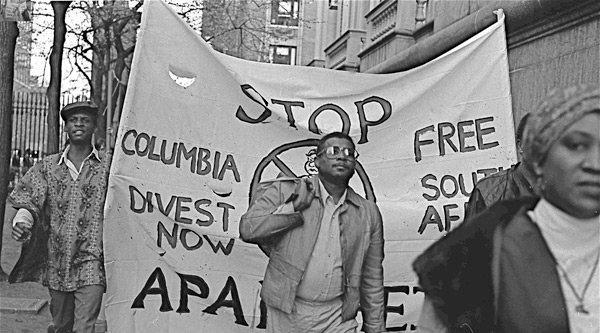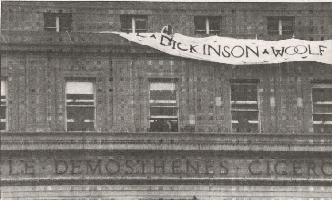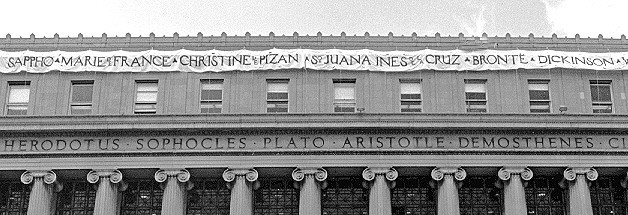As the Columbia University School of General Studies celebrates its 70th anniversary, the "GS at 70" series highlights critical moments in the creation and growth of the School.
“And what shall be their education? Can we find a better than the traditional sort?”
Socrates’ question to Adeimantus in Plato’s The Republic has been at the heart of the School of General Studies mission since its founding in 1947. However, on a University-wide level, it grew increasingly vexed in the late 1980s, as the nature and content of a college education received scrutiny that was academic, political, and, above all, new. “Multiculturalism. Eurocentrism. Political Correctness. Culture Wars. Many of the terms that dominate the current debate on higher education were virtually unknown ten years ago,” notes Timothy P. Cross in An Oasis of Order, a 1995 essay on the history of Columbia’s Core Curriculum.
The Columbia Core was precisely the type of curricular model in question. At its foundation lay the texts of the Western canon, widely influential yet authored by a narrow coterie of dead white men. Like the student activism campaigns urging divestment from the apartheid regime in South Africa—which, at Columbia, included hunger strikes and a barricade of Hamilton Hall—that spanned the decade, the discussions over the canon and its continued relevance to undergraduates at GS and Columbia’s other undergraduate schools reflected a heated national debate.




